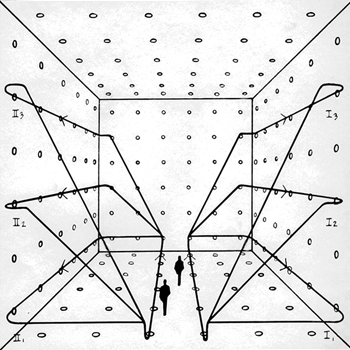When you say you want the "anti-derivative" of #int sqrt(x^2-1) dx#, I am assuming you mean you want the "anti-derivative" that is #int sqrt(x^2-1) dx#.
Otherwise you are looking for: #int ( int sqrt(x^2-1) dx) \ dx#.
For #int sqrt(x^2-1) \ dx#, there is a convenient hyperbolic relationship:
#cosh^2 z - sin^2 z = 1#
If we let #x = cosh z, dx = sinh z \ dz #, we get this:
#int sqrt(cosh^2 z -1) sinh z \ dz#
#int sqrt(sinh^2 z) sinh z \ dz#
#= int sinh^2 z \ dz#
By the hyperbolic double angle formula (#cosh 2z = 1 + 2 sinh^2 z#):
#=1/2 int cosh 2z - 1\ dz#
#=1/2 ( 1/2 sinh 2z - z) + C = 1/4 sinh 2z - 1/2 z + C qquad triangle#
Now:
#sinh 2z = 2 sinh z cosh z = #
# = 2 sqrt(x^2 - 1) * x#
So #triangle# becomes:
# = 1/2 x sqrt(x^2 - 1) - 1/2 cosh^(-1) (x) + C#
NB
If you like we can take #cosh^(-1) (x)# and move it from hyperbolic to natural log status:
let #y = cosh^(-1) (x)#
#x = cosh y#
#= (e^y + e^(-y))/2#
#implies x = (e^y + e^(-y))/2#
#implies 2 x e^ y = e^(2y) + 1#
#implies (e^(y))^2 - 2 x e^ y + 1 = 0#
From the quadratic formula:
#e^y = (2x pm sqrt(4x^2 - 4 ))/(2) = x pm sqrt(x^2 - 1 )#
#implies y = ln ( x pm sqrt(x^2 - 1 ))#
So #triangle# becomes:
# = 1/2 x sqrt(x^2 - 1) - 1/2 ln ( x pm sqrt(x^2 - 1 )) + C#


